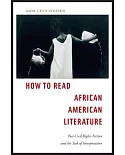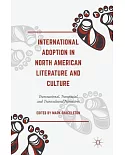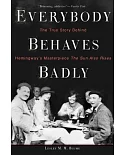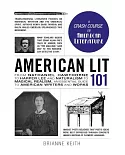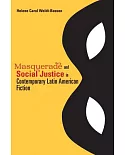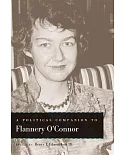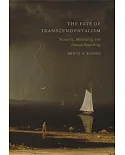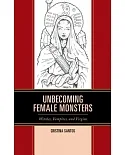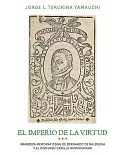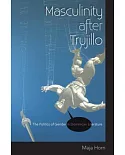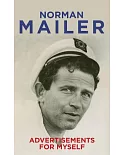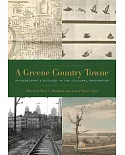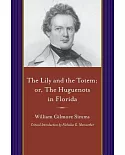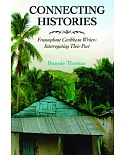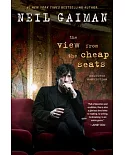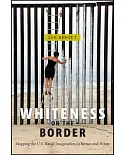When Klaus Lubbers's meticulously detailed Emily Dickinson: The Critical Revolution appeared in 1968, examining Dickinson criticism up to 1962, a second revolution in Dickinson criticism was
already gathering force, as a new generation of scholars representing a wide spectrum of critical perspectives began reassessing the poet's life and work. In the intervening forty years,
approximately 100 books about Dickinson and her oeuvre have appeared, making her one of the most extensively studied American poets in history. Approaching Emily Dickinson provides an objective
examination of that vast body of scholarship. It gives detailed attention to the principal trends in Dickinson scholarship during the past half-century: biographical studies; feminist
perspectives on the poet's life and work; rhetorical and stylistic analyses; textual studies of the bound and unbound fascicles and the so-called worksheet drafts; studies of Dickinson's social
and cultural milieu, including influences on her spirituality, and of her theories of poetry. Fred White also examines Dickinson's artistic reception -- an area of ever-growing fascination, not
only among Dickinson scholars but among artists, creative writers, dramatists, and musicians for whom Dickinson's genius has proven to be a powerful conduit for insights into the human
condition. A fundamental research tool for both scholars and students, Approaching Emily Dickinson also enables fruitful comparisons both among and within the different critical and artistic
perspectives. Fred D. White is associate professor of English at Santa Clara University. His studies of Emily Dickinson have been published in College Literature and in the Cambridge Companion
to Emily Dickinson.


